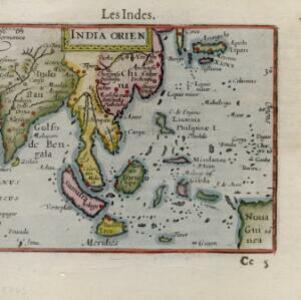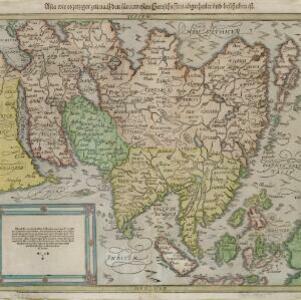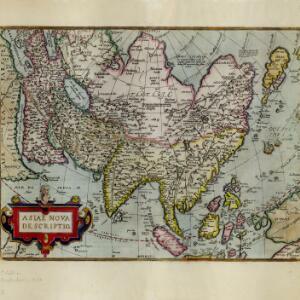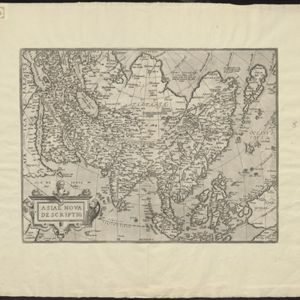
Descripcion de las Indias del Poniente
1623
Brunei, Cambodia, Indonesia, Philippines, Malaysia, Singapore, Thailand, Vietnam
The many inaccuracies and omissions on this early map of Southeast Asia show the limitations of geographical knowledge at the time. There are some interesting details though, such as a legend listing the small islands in the Moluccas and Philippines.


















